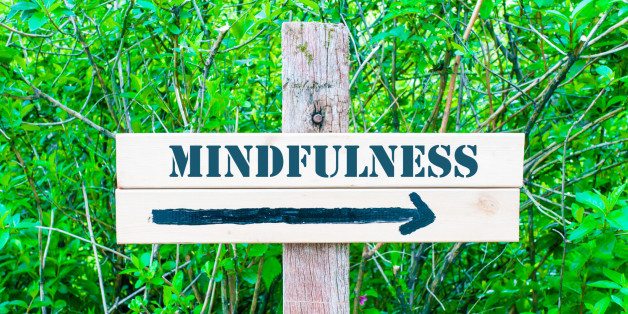
We’ve all had those moments where we’re not sure whether to scream, run and hide or drop everything and get on the next plane to a faraway island. Whether work life, personal life or the delicate balance of the two is causing you stress, there are better ways to dealing with life’s pressures than explosive noises or an impromptu relocation.
Meditation is a simple and effective way to steady the mind, give clarity to your thoughts and help you to manage stress. Check out these three breathing meditations that will help you to slow things down, increase your productivity and your ability to make rational decisions in high stress situations.
Relaxation Breathing – 1 Minute
Use this meditation when feeling anxious, pressured or panicked for immediate intervention and stress relief.
A simple exercise to activate the parasympathetic nervous system – ie, the relaxation response – involves regulating the breath to lower the heart right and blood pressure quickly and effectively.
When our exhales are longer than our inhales, our body signals its “rest & digest” mode (vs. “fight or flight” mode) and we are able to relax from the inside out. An excellent tool for those moments of panic and anxiety (think, stuck in traffic, walking into a big meeting or during a heated argument), relaxation breathing tackles physical responses to sudden, acute stress while buying us time to respond thoughtfully rather than react impulsively.
The practice: Close your eyes and take a deep breath in for a count of four, and then exhale for a count of eight. As you inhale, visualize the movement of oxygen through your respiratory system. As you inhale, imagine any stress you’ve been holding float away. Repeat five times.
Mindful Breathing Meditation – 7 Minutes
Use this meditation twice daily to develop better focus, attention and a greater overall sense of clarity and calm over time.
Mindfulness is the practice of awareness of the present moment, enabling us to disassociate with notions of past and future that trigger rumination and stress. With mindful breathing meditation, we use the breath as an object of meditation, concentrating deeply on the rhythm and sensation of our most basic life force. Think of it as an exercise for your brain that strengthens your “attention muscle” by forcing your awareness inward and challenging you to stay focused.
In perhaps the most significant mindfulness study to date, a team of Harvard researchers found that after 8 weeks of daily practice, mindful meditators reported a sense of increased peace and clarity while non-meditators did not. Not only that, but their MRIs showed an increase in gray matter in parts of the brain associated with focus and attention and a decrease in gray matter associated with stress and anxiety (non-meditators remained unchanged).
The practice: Sit comfortably with a long, straight spine and find a slow, oceanic breath. Begin counting your inhales and exhales from one to ten (inhale one, exhale one; inhale two, exhale two; etc.). When you reach ten, start again but count backwards to one. Repeat this cycle five times. When you’ve completed five cycles of breath-counting, simply continue to breathe at this calm, steady pace, for two-to-three minutes, visualizing the breath moving through the respiratory system and appreciating its physical relationship with the body.
Body Scan Meditation – 5 Minutes
Use this meditation to build body awareness and ease tension after a long day or before falling asleep at night.
A body scan meditation allows us to identify where unconscious holding patterns reside and helps to release them with our own awareness, enabling us to relax more completely.
Research suggests that including body scan meditation in a mindfulness practice significantly reduces sleep problems and improves symptoms and severity of fatigue and depression.
The practice: Sit or lay down in a comfortable position and take a few moments to find a calm, steady breath. Now, bring your awareness to sensations in the body, where you will spend several slow breaths on each focal point beginning with the left toes and checking in with left foot, left ankle, calf, knee, thigh – all the way through the left hip. When you notice an area of tension or discomfort, breathe into it, relaxing on the out-breath. Repeat through the right side. Follow with the pelvic region, abdomen and lower back, moving up through the torso and heart region. From there, follow and breathe through the sensations in the fingers, hands, wrists, up the arms, through the shoulders, neck, jaw, temples, ears, eyes, forehead, crown of the head and skull.
Learn more
The best thing about meditation is that each of us has the tools we need to practice available to us at all times. Using the body and the breath, we can calm our bodies, sharpen our minds and improve perceptions of and reactions to stress. To learn more about what meditation and yoga can do for your mind and body, read up on these four powerful scientific findings.
From: The Huffington Post

